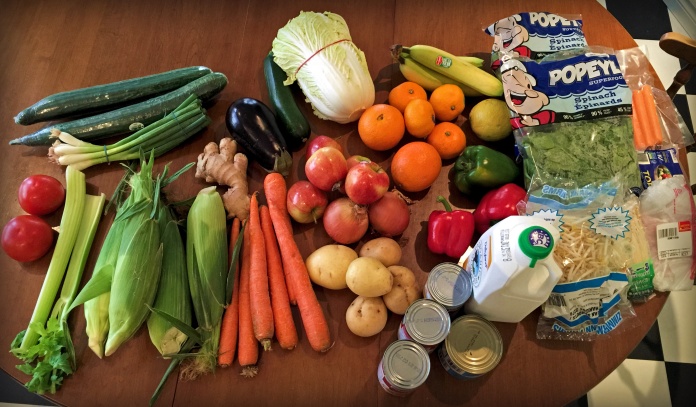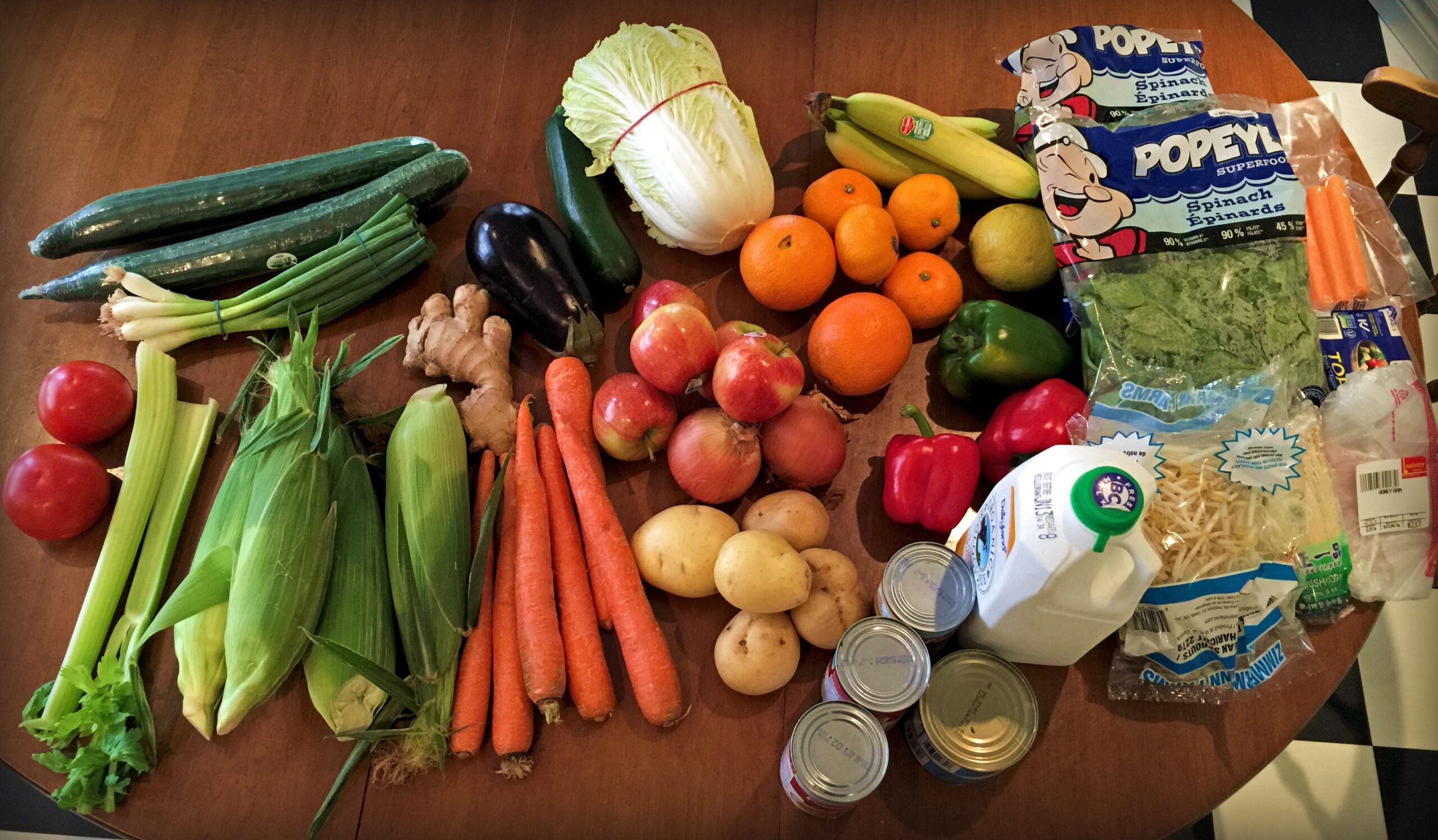One of the first things we did when starting our downsizing program was stopped using our credit cards. We had to figure out what our real expenses were each month to get our spending under control, and the cards did not help. In fact, they were a hindrance. Take a look at some stats from a recent Neal Gabler piece in The Atlantic:
- “only 38 percent of Americans would cover a $1,000 emergency-room visit or $500 car repair with money they’d saved”
- “55 percent of households didn’t have enough liquid savings to replace a month’s worth of lost income”
- “38 percent of households carried some debt, according to the analysis, and among those, the average was more than $15,000”
- “Thirty-two percent of the survey respondents said they couldn’t afford to live a healthy lifestyle”
- “21 percent said they were so financially strapped that they had forgone a doctor’s visit, or considered doing so, in the previous year”
The point of Gabler’s piece (entitled “The Secret Shame of Middle-Class Americans“) is that it is not simply the poor that are being affected by this phenomenon (though they certainly are the hardest hit). Again, from the article:
“…in 2013, prime-working-age families in the bottom two income quintiles had no net worth at all and thus nothing to spend. A family in the middle quintile, with an average income of roughly $50,000, could continue its spending for … six days.”
We as North Americans have an addiction to debt, and an aversion to saving and living within our means. The reason for this is hidden in this one sentence:
“Even in the second-highest quintile, a family could maintain its normal consumption for only 5.3 months.”
Emphasis added.
Abnormal consumption
What is your “normal consumption”? One of the major points in downsizing is find the answer to that question. What is the baseline — what do you actually need — every month. You need to put your consumerism on a leash.
To get there you need to do the simple things:
- track your expenses
- cut back to just essentials for a period of time
- have a dedicated savings account where you put a small amount no matter what
- keep things simple, for example:
Every payday I take out $100 in cash and put it in my wallet. That is my budget. I pay for everything (I can) in cash. Any day of the week I can take stock on where I am at in my budget by simply looking in my wallet. Every penny is tracked in Toshl. Any day I can get a sense of the bigger picture.
Taking stock of what you spend money on helps. For example, here is a week’s worth of groceries in our house:

Just seeing it as tangible goods on the table — not abstract future derivatives — makes it a lot easier to deal with mentally.
There is a great pull quote from the Atlantic piece:
In the 1950s and ’60s, American economic growth democratized prosperity. In the 2010s, we have managed to democratize financial insecurity.
Consumer debt is out of control in North America. If you want a (funny) taste of how messed up the system is, check out John Oliver’s segment from last week on Debt Buyers:
In our house, we have removed ourselves from the system and gained back a measure of financial security. Two years ago I could not answer “Yes” to any of the “surprise expense” questions posed above. Now I can, and I live in a single-income household of four, carrying over $40K (down from $60K jsut a few years ago) in student loans. We are not totally free yet, but in just a year or two of minimalist thinking, we have gained back a measure of economic freedom, and gotten rid of a whole lot more financial distress. I recommend it.


